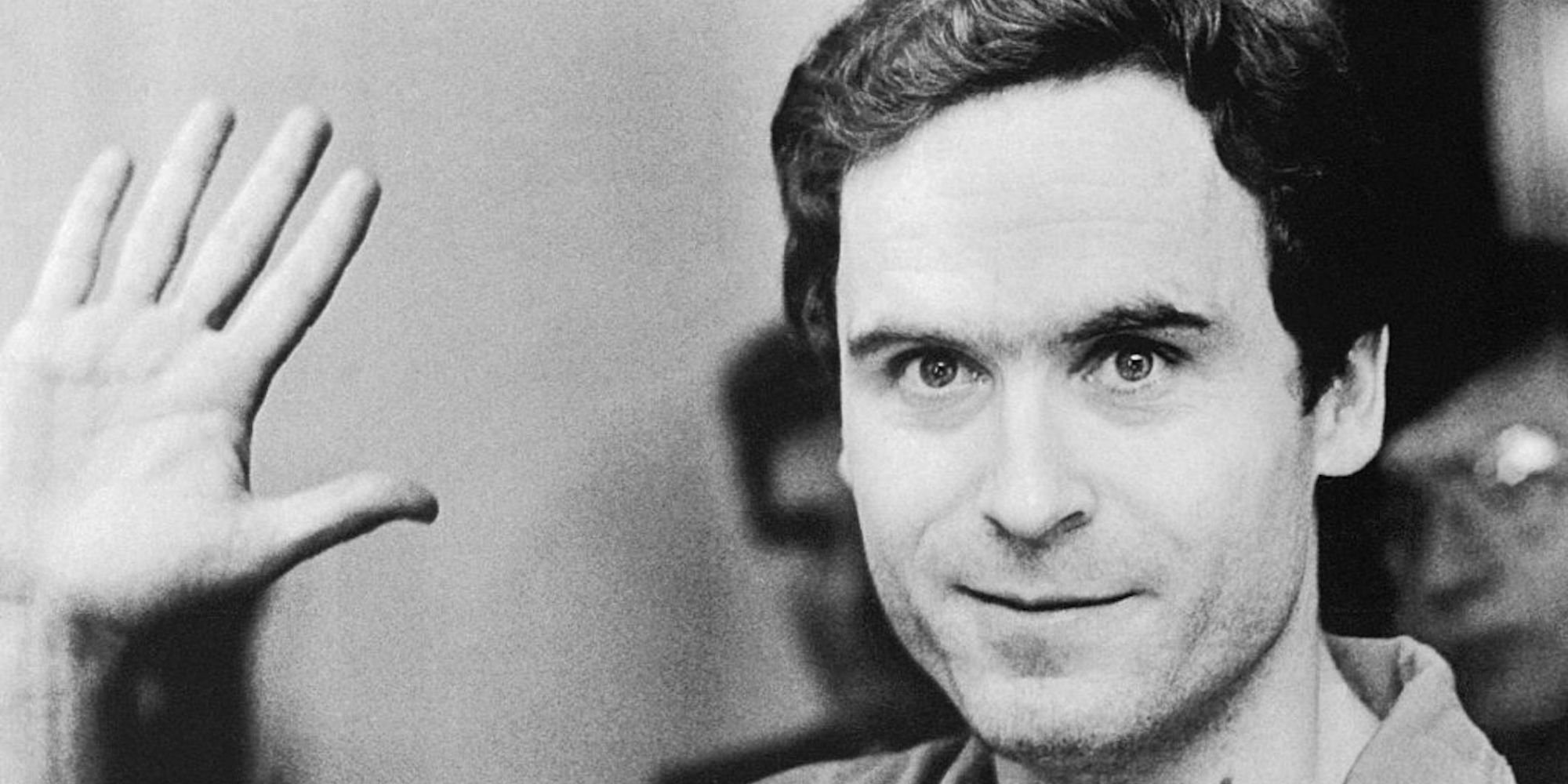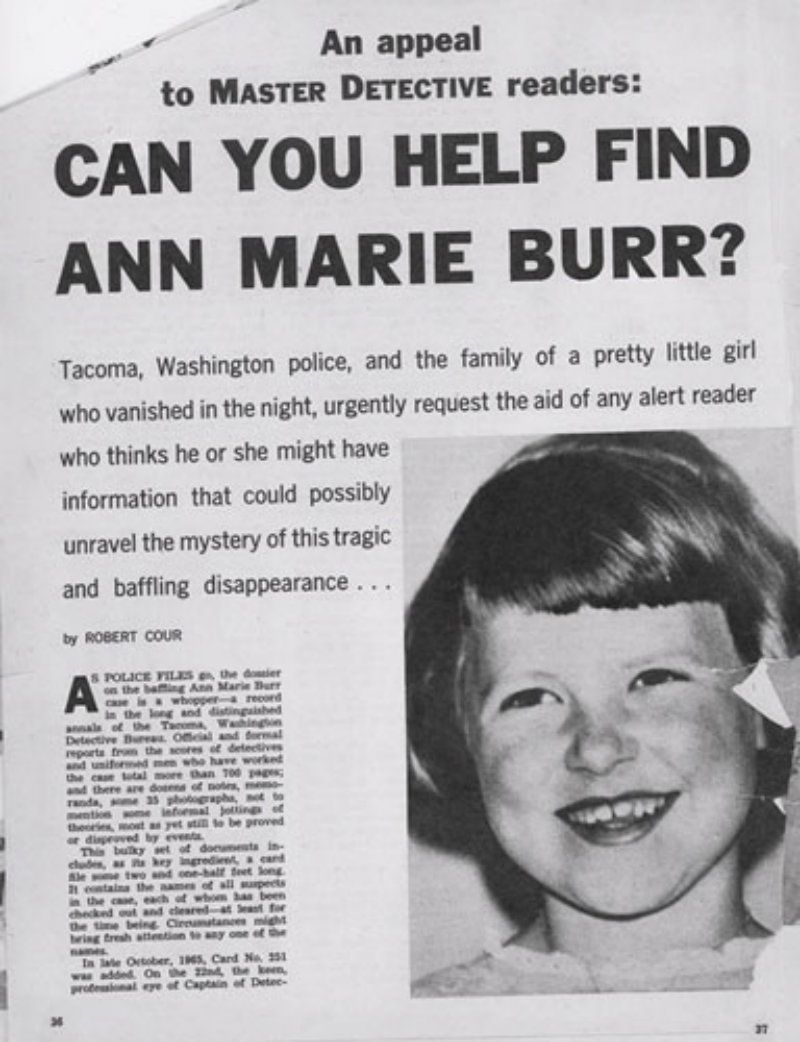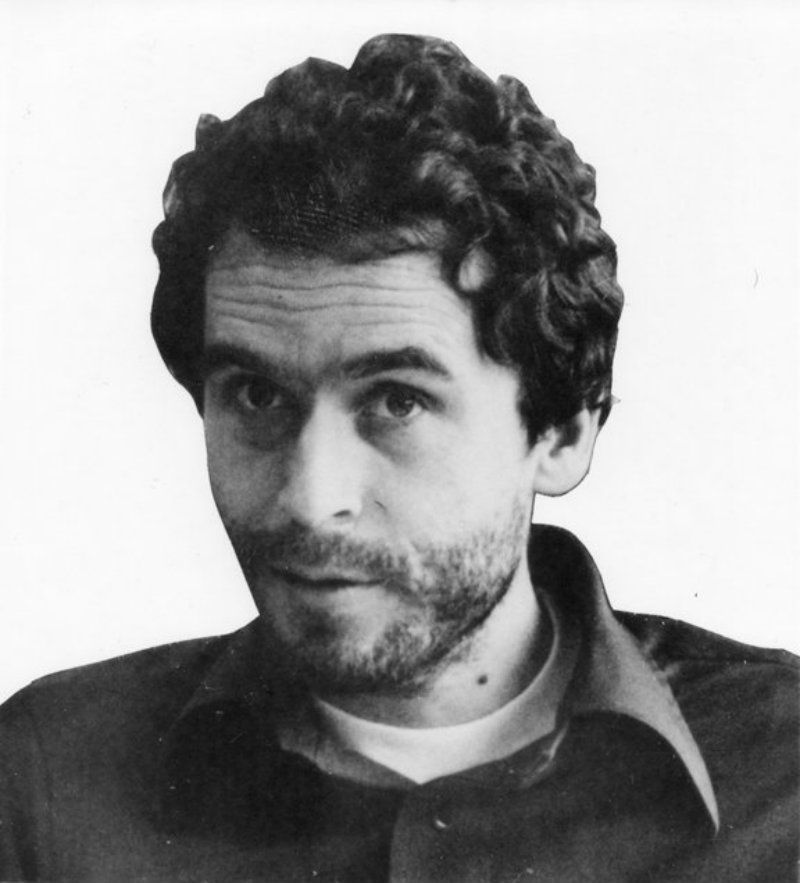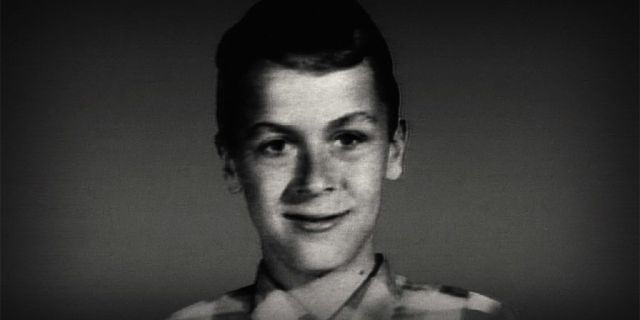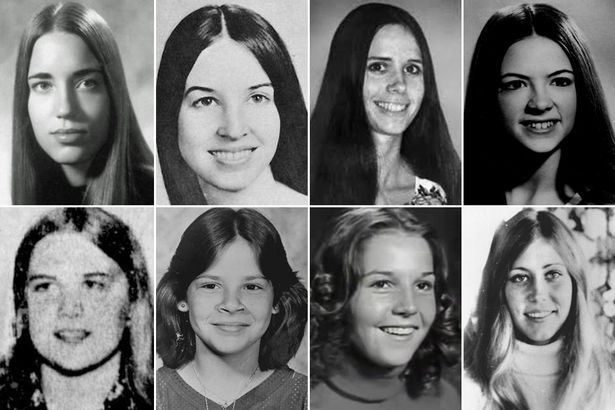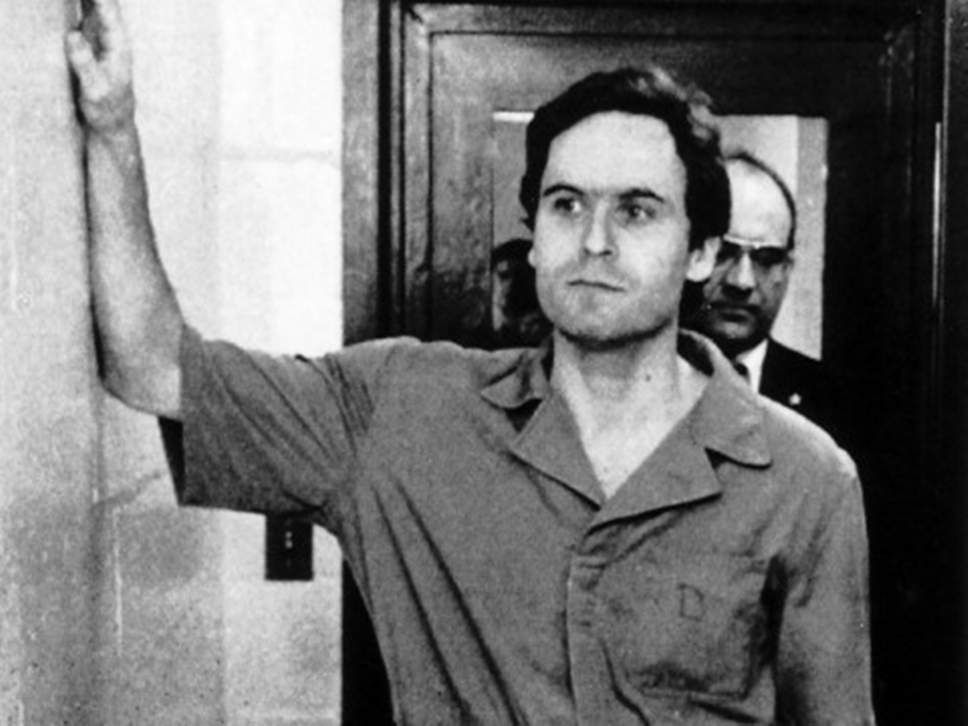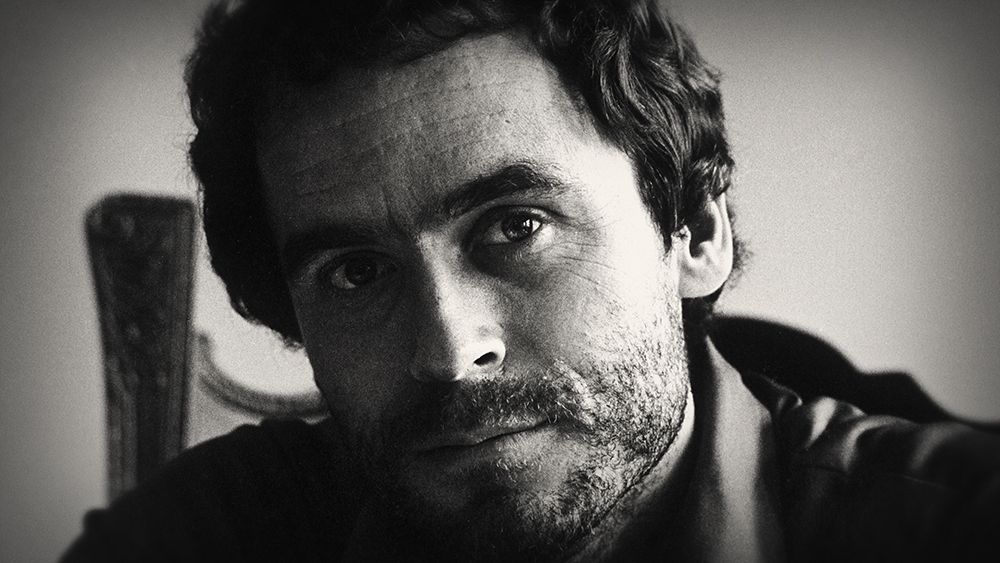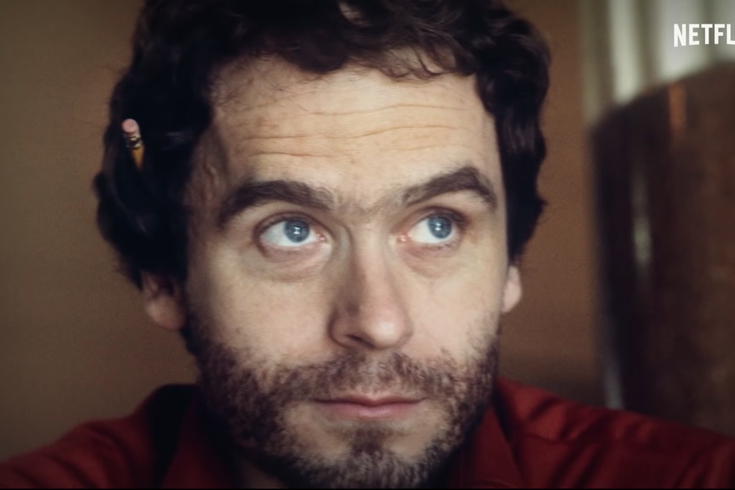Netflix’s love of true crime continues to be one of its most successful content categories. This week they released Conversations With a Killer: The Ted Bundy Tapes. In the four-part docuseries, we hear from the infamous serial killer and rapist himself, as well as the people who knew him best. Unlike other Netflix smash hits, this one has gotten mixed results. Many reviewers critique the series for its lack of point-of-view or voice. Aside from Bundy’s own words, it seems to be repeating what most true crime fans already know, offering little else to the table. Knowing that, there were bound to be a few things Netflix didn’t cover, so we’ve compiled our top 10 about the mysterious Ted Bundy.
10. He May Have Committed His First Murder at 14
This is purely speculation, but it's an important thing to know nonetheless. Bundy’s first confirmed kill was in 1974 when he murdered Ann Healy. However, many believe that Bundy may have started killing as young as 14. Ann Marie Burr, an 8-year-old who disappeared suddenly in 1961, may have been the first victim of Bundy, who lived a few blocks away. There’s plenty of evidence that Bundy was violent and just plain strange from a young age. You know the drill, torturing animals, nonchalant about lying, and the alike. Rumor has it that Bundy confessed to Burr’s abduction and murder, though it’s hard to say for sure.
RELATED: The Bundy Tapes: Most Unsettling Reveals from the Netflix Ted Bundy Doc
9. He Worked At A Suicide Hotline In Seattle
This one probably had you doing a double take. Ted Bundy worked for a suicide hotline? It’s hard to believe but most certainly a fact, Bundy took the volunteer job in college. Anne Rule, a former friend of Bundy’s and author of one of the most famous books about his crimes, met him when they were both volunteering there. She makes sure to note that he wasn’t particularly good at it. *Shocking* Regardless, there’s something undeniably creepy about a man who dedicated so much of his life to harming others being on the other side of the phone from people who wanted to harm themselves.
8. His Father's Identity
The Ted Bundy Tapes does briefly touch on Bundy’s upbringing. He was born out of wedlock and because his mother’s parents were ashamed, she was sent away to have the baby. Then, after returning home, Bundy grew up thinking she was his older sister and his grandparents were his parents. That’s traumatic, but it might have even been worse. Some believe that it was actually Bundy’s grandfather who was his biological father. This has never been scientifically proven but there is evidence of his grandfather’s abuse towards the entire family and would explain where the sexually predatory nature comes from.
RELATED: Extremely Wicked, Shockingly Evil & Vile Teaser Trailer: Zac Efron Is Ted Bundy
7. He Faked Injuries
While the docuseries did discuss some of the ways that Bundy used his charms to capture his victims, it missed one of the most disturbing. It’s reported that Bundy often pretended to be injured and asked his victims for help to lure them in. He would wear his arm in a sling or fake a disability, which made him seem vulnerable and caused women to let their guards down. There’s something undeniably creepy about how he took advantage of another person’s kindness and used it against them. As mentioned in the docuseries, he would also often impersonate an authority figure, such as a police officer. This achieved the same goal. He liked to first gain his victim’s trust so that he could weaponize on it.
6. The Similarity of His Victims
Most of Bundy’s known victims were young women, but the similarities go further than that. Stephanie Brooks was Bundy’s college girlfriend; she came from a wealthy family and eventually broke up with Bundy because of their lack of a future together. Bundy was heartbroken and it’s not hard to see how that could turn into a violent rage with a guy like this. Various people over the years have noticed that many of these women bare a striking similarity in looks to Stephanie Brooks — all with long brown hair parted down the middle. Some suspect this was one of the driving factors to who Bundy chose as his victims.
RELATED: Netflix Docuseries Conversations With a Killer Profiles Ted Bundy
5. Aided The Police From Jail
In a turn of events taken right from the pages of Silence of the Lambs, Bundy actually helped the police catch the Green River Killer later in his life. The Green River Killer, real name Gary Ridgway, eventually confessed to more murders than any serial killer before him, including Bundy. Three years before his own execution, Bundy was interviewed by police about the Green River Killer case, where he offered information about the psychology of a serial killer. Some of his suggestions, such as that the killer was revisiting his dump sites, helped police find and arrest Ridgway for these crimes.
4. Kept Severed Heads
At one point, it is briefly mentioned that some of the victims were found without heads. Given how gross this guy ways, it doesn’t seem that out of reach. What isn’t mentioned, however, is that Bundy, on at least a few occasions, kept those heads as trophies. Some people like to display books or collections of figurines, but Bundy liked to display the heads of his victims. There’s definitely something here about the pride he took in his horrifying work, and many believe he also engaged in necrophilia. He would keep them until they decayed too far, and the smell became unbearable. Ew!
RELATED: First Look at Zac Efron as Ted Bundy in Extremely Wicked
3. May Have Murdered 100+
Officially, Bundy confessed to the murder of 30 people. "Officially" is the keyword there. In the docuseries, we hear that he’s not even 100% sure about that number. He was so prolific that he literally lost track. Bundy was executed for those murders, but chances are that he took the lives of many more. An investigator who tracked Bundy for 15 years said in 1989, “My feeling is he has killed way over 100.” He’s not alone in this feeling, as many believe Bundy probably didn’t own up to all of the murders and point to others that follow the same MO.
2. The Significance Of The Volkswagen
We all know about Bundy’s yellow Volkswagen Beetle by now. It was the car he used to abduct women, not that it was a very helpful lead at the time. The car was actually really popular back then, unlike today where it would stand out like a sore thumb. Beyond being a common model and color, the VW Beetle provided something else... On the passenger side, he had ripped out the backseat to more easily store his victims after knocking them out. The beetle also has a history to Adolph Hitler, which is coincidental but creepy nonetheless. You can see the car at the Alcatraz East Crime Museum if you’re into that sort of thing.
RELATED: Zac Efron Set to Play Serial Killer Ted Bundy in New Film
1. His Personality Dissociation
Not to say that Bundy was suffering from what we call today Dissociative Identity Disorder, but there’s some level of dissociation going on here. Perhaps, it’s just Bundy refusing to take responsibility for his crimes, or perhaps it’s an illness. We don’t know. What we do know is that it was possible for the filmmakers to get him to talk about the killer in the third person, as though it was another person even though evidence proved it was Bundy himself. Beyond that, he spoke about how this hypothetical killer had two selves: a dominant personality and an “entity inside him.” This delusion may explain why it took so long for Bundy to confess to his crimes.

